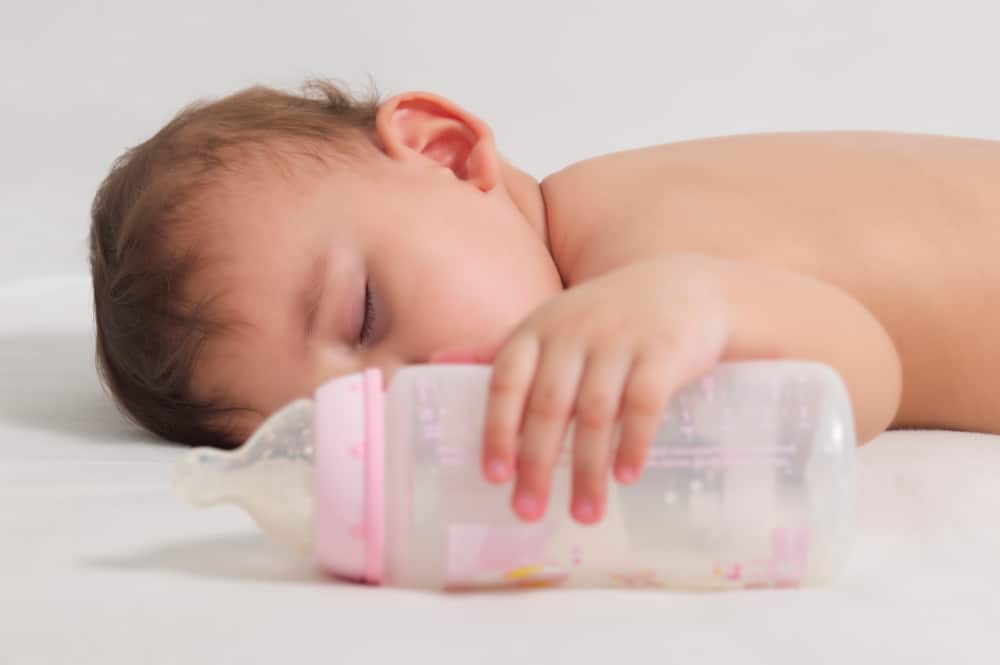Feeding a baby is very different from an adult. The main difference is that kids cannot take solid foods and also cannot take from cups. Babies, therefore, feed on the breast for a significant period of their infanthood. However, when parents have to go to work or when they are looking to switch up the baby’s food, it becomes a challenge. For this reason, baby bottles were invented. Parents can now buy the right baby bottle to work as an alternative to breastfeeding. In this post, we discuss the components of baby bottles for feeding.
What is the most appropriate size for a baby bottle?
Baby bottles differ in sizes. However, the standard size for the largest bottles in the market is 280ml, while the smallest is 150ml. On the other hand, the height of the bottles is normally a tad bit higher compared to regular cups, as well as the width.
Features of baby bottles
Below is a description of the main components of a baby bottle;
- The nipple
The nipple is also known as the teat. It is designed in such a way that it resembles the nipples of a mother. However, the teat is slightly smaller than the mother’s nipple. The nipple shape and size are meant to help babies switch back and forth between breastfeeding and bottle feeding. It, therefore, helps to avoid nipple confusion. The nipples in the market come in a wide range. The difference between the various types is the flow rate.
The flow rate is affected by the small hole at the center of the nipple head. Thus, lower flow rates are meant for infants, while young children get a slightly fast flow rate. The fast flow rate nipples either have larger holes or more than one hole. Normally, the hole is asymmetric. The shape helps to allow for different floes to occur when the bottle is turned while feeding. Note that the nipple is usually the only flexible part of the bottle except in silicone bottles.
- Bottle
The bottle is the biggest part and where the treat is stored. The bottle can be used for different types of treats like milk, juice, porridge, and others. The size of the bottle determines the size of the entire product. It can also differ in material and shape depending on the brand and type.
- Ring
The ring goes below the nipple. Normally, the nipple is placed through the ring. The ring is then screwed onto the bottle. The role of the ring is, therefore, to seal the nipple to the bottle. The material of the seal depends on the bottle. However, most of the time, it is made of plastic. The ring is sometimes referred to as the collar.
- Cap
The cap is the component of the bottle that is used to cover the nipple. It is found in most but not all bottles. The role of the cap is to keep the contents of the bottle from spilling. It also helps to keep the nipple and the contents free from germs and contamination.
Conclusion
Some baby bottles also feature a liner. The liner goes on the neck of the bottle. Its role is to make sure that the contents that the baby sucks into his mouth do not contain any solids or chunks that could cause him to choke. In some bottles, the liner is disposable, while in others, it is made of plastic.
